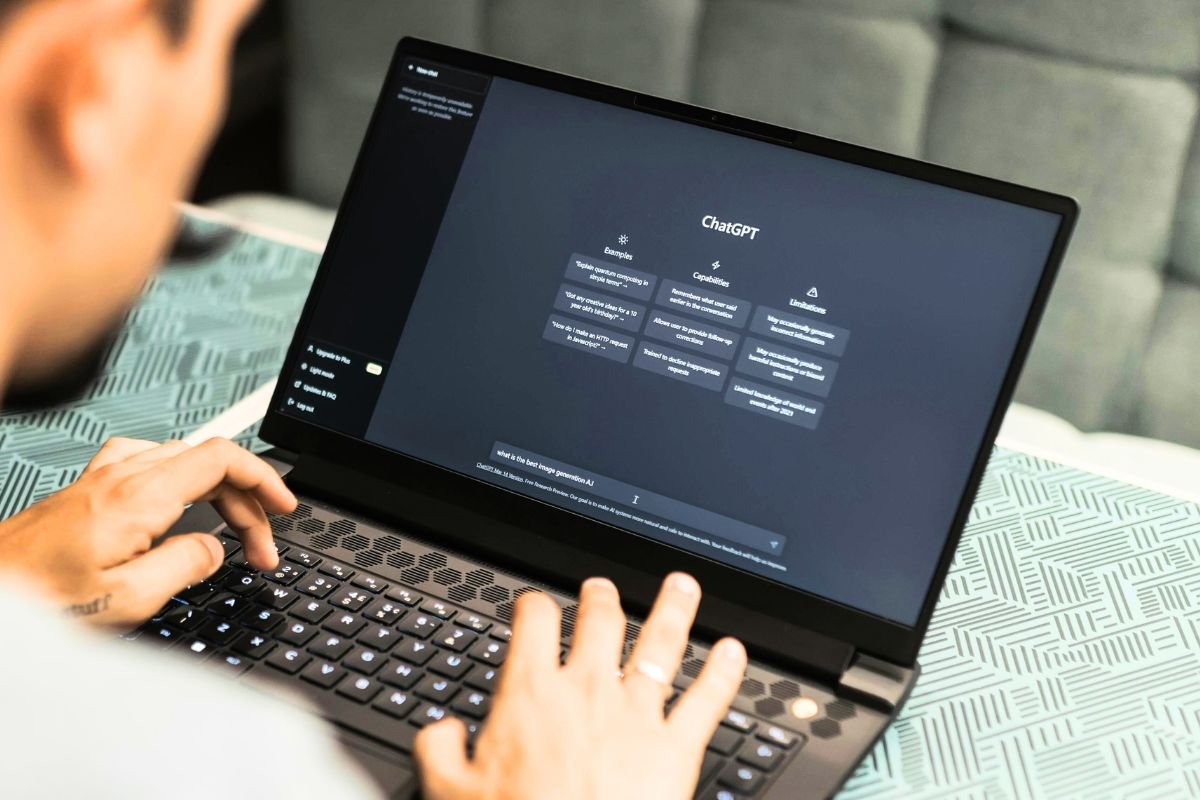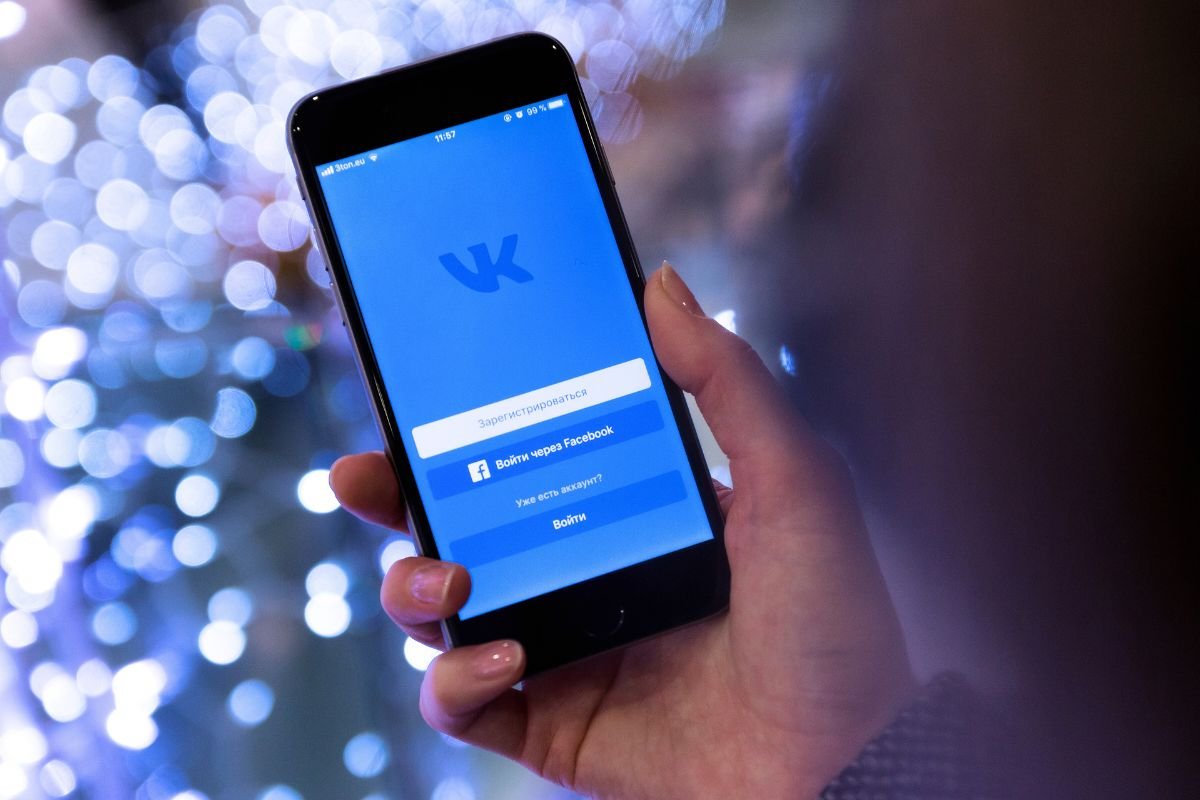By now, most people have tried ChatGPT—some walked away amazed, while others left disappointed. The difference often comes down to how you use it. Like any powerful tool, this AI shines when you know what to ask and how to guide it. Here’s a simple breakdown of where ChatGPT is most effective and how to get the best results.
Not a search engine
One of the most common mistakes is treating ChatGPT like Google. If you ask, “How many years until solar panels become profitable?” you’ll get a general overview: cost, energy prices, sunshine, tax credits, resale options. Helpful, yes—but not a precise answer.
Google, on the other hand, would send you to multiple sites, data tables, and calculators, letting you dig into exact numbers for your region. That’s because Google provides sources, while ChatGPT synthesizes knowledge. For factual, number-driven research, search engines often win. For problem-solving or brainstorming, ChatGPT is where you want to be.
A problem-solving companion
Where ChatGPT really excels is in real-life scenarios that don’t have a single “correct” answer. Think of it like sitting across from an expert consultant. Examples:
- How to ask your boss for a raise without being brushed off.
- Where to find jazz clubs in Madrid that are good for meeting new people.
- How to end a relationship gently, with several possible scripts.
These aren’t questions you’d toss at a search engine. They’re situations where you need context, nuance, and creativity—exactly where ChatGPT shines.
Be clear and specific
The clearer your request, the better the response. A vague prompt like, “Help me sell my house” will get you broad, generic tips. But if you provide details—location, square footage, condition, nearby amenities—ChatGPT can give advice that feels almost tailored.
A great trick is to actually tell ChatGPT to ask you questions first, just like a real expert would. That way, it gathers the details before delivering meaningful advice.
Assign roles and tasks
Another way to unlock ChatGPT’s power is by giving it a role. You can say:
- “Act as a real estate agent. Ask me everything you need to know about my property, then give me selling advice.”
- “Pretend you’re a recruiter. Interview me for a Python developer role with tough, technical questions.”
- “Play the role of a marketing director. Build a campaign for my new energy drink.”
By defining a role and mission, you give ChatGPT a clear framework—leading to stronger, more relevant responses.
Writing support with personality
ChatGPT is often used as a writing assistant, but here’s the golden rule: never publish its output word-for-word as your own. AI-generated text can sound polished but may contain errors, outdated facts, or a lack of originality.
Instead, treat it as a drafting tool. You can train it to mimic your style by feeding it samples of your past writing, then asking it to adapt its suggestions to your voice. The result? Drafts that already feel closer to “you,” ready for editing and personalization.
Built-in editor and critic
Beyond drafting, ChatGPT works well as an editor. Paste in your essay, blog post, or business proposal and ask it to critique like a reader. It can flag weak arguments, clunky sentences, or clichés—and even suggest concrete improvements.
It won’t replace your judgment, but it’s like having an extra set of eyes that never gets tired.
Best in English
One last tip: while ChatGPT handles many languages, its core training is strongest in English. If you’re bilingual, you may notice smoother, more accurate responses when you write in English rather than another language.
The bottom line
Think of ChatGPT not as a magic encyclopedia, but as a versatile assistant. The more context and clarity you provide, the better it performs. Assign it roles, treat it like an expert in conversation, and use it as inspiration rather than a shortcut.
Used this way, it’s less a novelty and more a personal productivity tool—capable of helping you brainstorm, plan, write, and even rehearse for real-life challenges.



